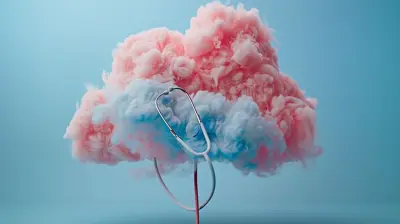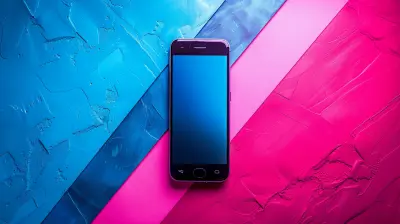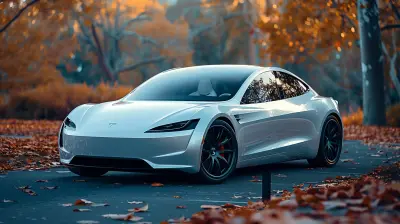Drones in Cinematography: Enhancing Storytelling from Above
7 August 2025
Cinematography has always been about telling stories through powerful visuals. Over the years, filmmakers have relied on cranes, dollies, and even helicopters to capture breathtaking aerial shots. But let’s be honest—those traditional methods were expensive, time-consuming, and often impractical.
Enter drones.
Drones have completely changed the game, making stunning aerial cinematography accessible to filmmakers of all levels. Whether you're an indie filmmaker, a YouTuber, or a big-budget director, drones offer a fresh perspective that can transform storytelling. So, how exactly are drones enhancing cinematography? Let’s dive in.

The Rise of Drones in Filmmaking
A few years ago, capturing aerial shots required a helicopter, a skilled pilot, and a massive budget. Today, even a solo filmmaker can shoot Hollywood-level aerial footage using a drone that fits in a backpack.Advancements in drone technology—such as improved stabilization, higher-resolution cameras, and intelligent flight modes—have made it easier than ever to capture cinematic shots. And the best part? You don’t need to burn a hole in your wallet.
Filmmakers around the world are embracing drones to push the boundaries of visual storytelling. They're no longer just a cool gadget; they've become essential tools for creating immersive and engaging narratives.
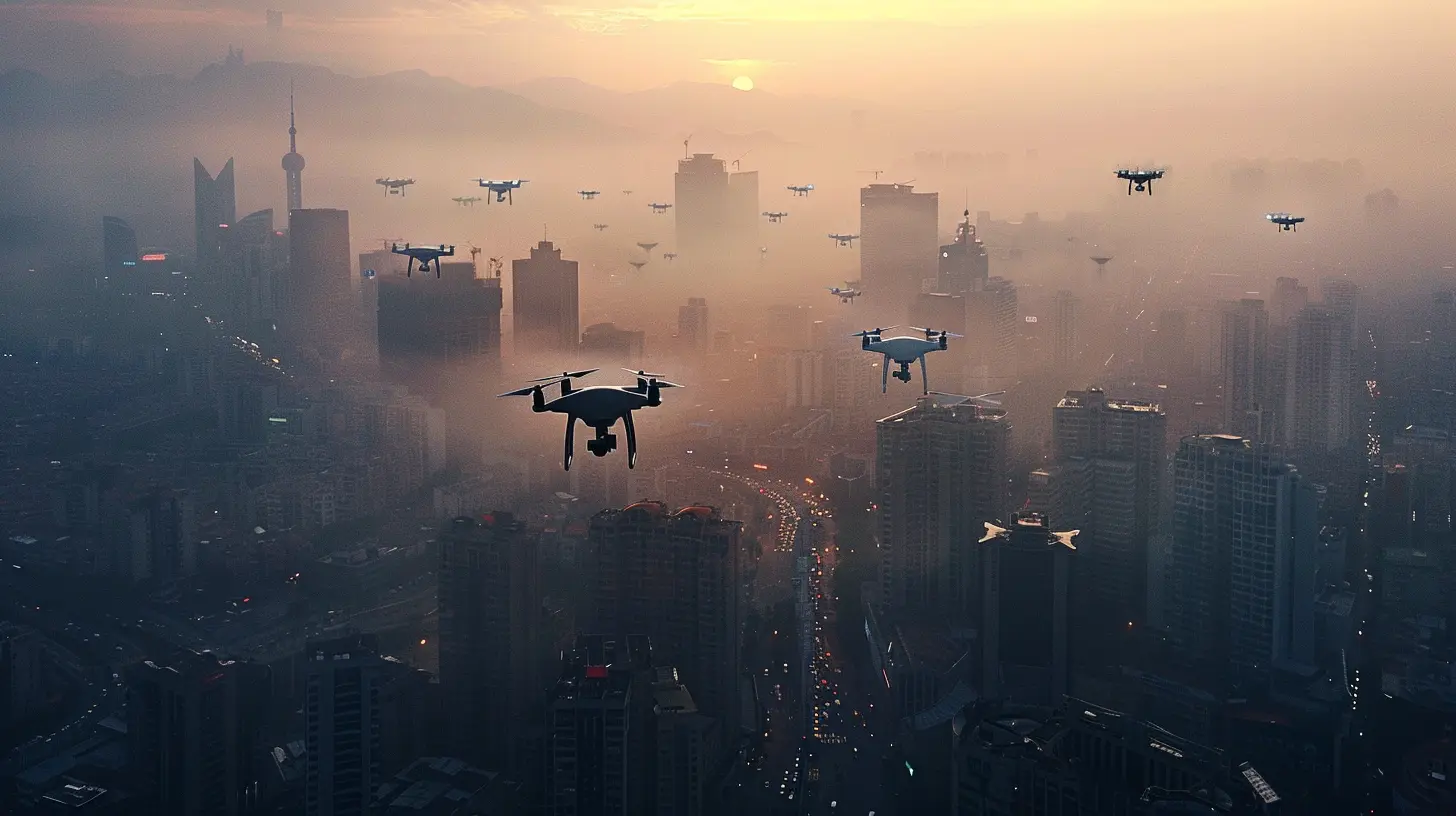
How Drones Elevate Storytelling
1. Unique Perspectives That Capture Emotion
Aerial shots instantly add drama and scale to a scene. Imagine a character standing alone on a vast, empty beach—the shot taken from above emphasizes their isolation, making the scene hit harder emotionally.Drones allow filmmakers to play with perspective, showing audiences views they wouldn't otherwise see. Whether it's a chase scene shot from above or a slow, sweeping landscape shot to establish setting, drones create immersive experiences that draw viewers in.
2. Seamless Movement and Dynamic Camera Angles
Traditional camera setups often have limitations on movement. Drones, on the other hand, can glide smoothly over obstacles, follow subjects effortlessly, and capture stunning tracking shots.Think of a car chase scene. Instead of relying on multiple cuts from stationary cameras, a drone can follow the action in a single, flowing take—making the scene more intense and engaging.
3. Cost-Effective Alternative to Helicopters
Hiring a helicopter and pilot for aerial shots can cost thousands of dollars per hour. Drones? A fraction of that cost.For indie filmmakers with tight budgets, drones provide an affordable way to capture breathtaking aerial imagery without compromising quality. And with new drone models offering 4K and even 8K resolution, there’s no need to sacrifice cinematic quality.
4. Enhancing Cinematic Storytelling in Different Genres
Drones aren’t just for action-packed Hollywood movies. They’re being used across multiple genres to enhance storytelling:- Horror Films: A slow, eerie aerial shot over an abandoned town sets the mood before the terror unfolds.
- Documentaries: Capturing expansive landscapes or following wildlife without disturbing the environment.
- Travel Vlogs: Stunning drone footage can turn an ordinary vlog into a visually stunning masterpiece.
- Sports and Events: From extreme sports to concerts, drones provide angles that were once impossible.
The versatility of drones makes them an invaluable tool for any filmmaker looking to elevate their storytelling.
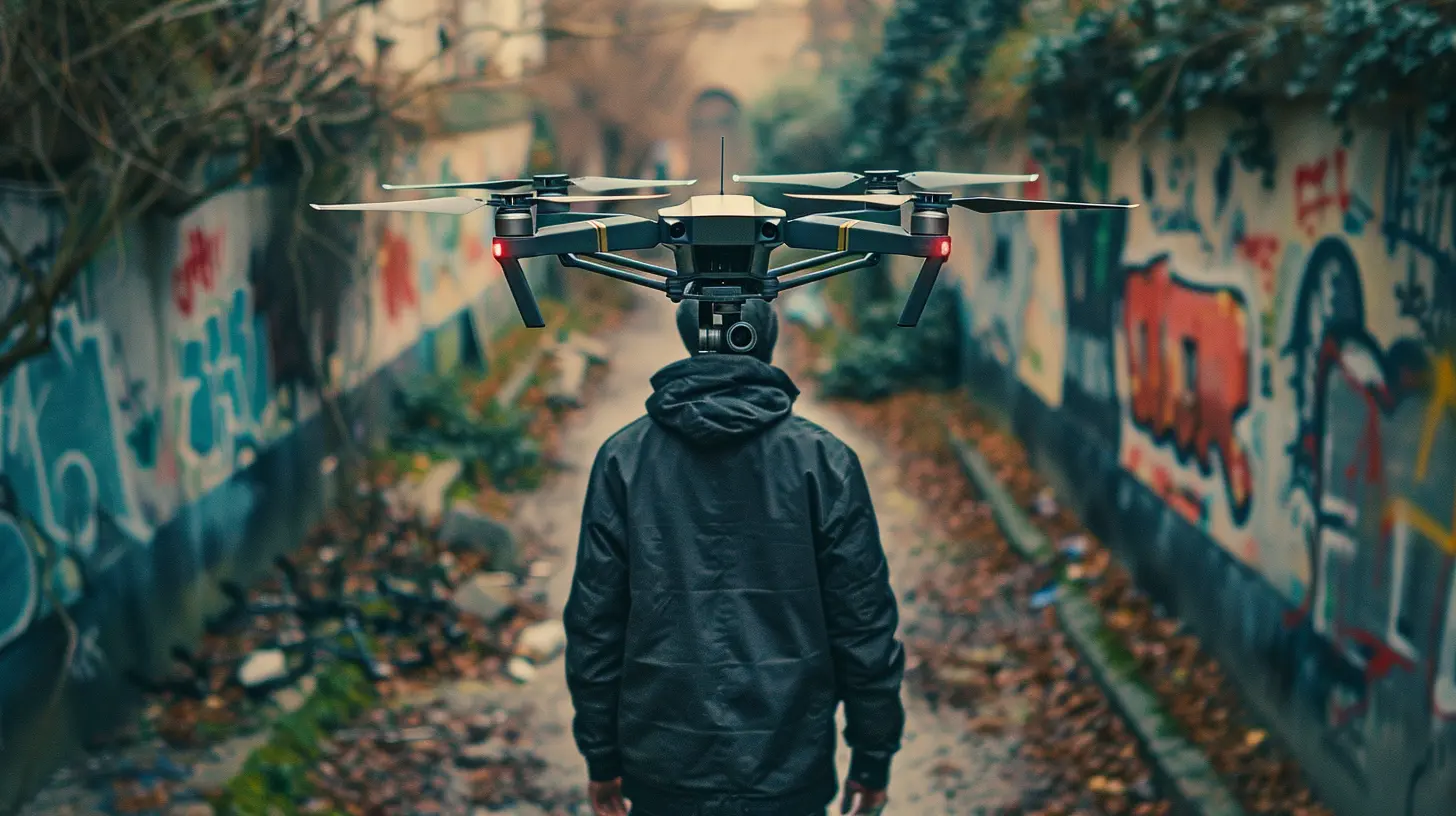
Must-Have Features in a Cinematic Drone
Not all drones are created equal. If you're serious about aerial filmmaking, here are the key features to look for:1. High-Resolution Camera
At minimum, a 4K camera is essential for cinematic-quality footage. Higher-end drones even offer 8K resolution, allowing for more flexibility in post-production.2. Gimbal Stabilization
Shaky footage can ruin a great shot. A 3-axis gimbal ensures smooth, stable shots, even in windy conditions.3. Intelligent Flight Modes
Features like Follow Me, Orbit, and Waypoint Navigation help automate complex shots, making it easier to capture professional-grade footage.4. Long Battery Life
There's nothing worse than losing power mid-shot. Look for drones with at least 30 minutes of flight time per battery.5. Obstacle Avoidance Sensors
Flying a drone isn’t always easy—especially in tight spaces. Built-in obstacle avoidance prevents crashes and helps ensure safer flights.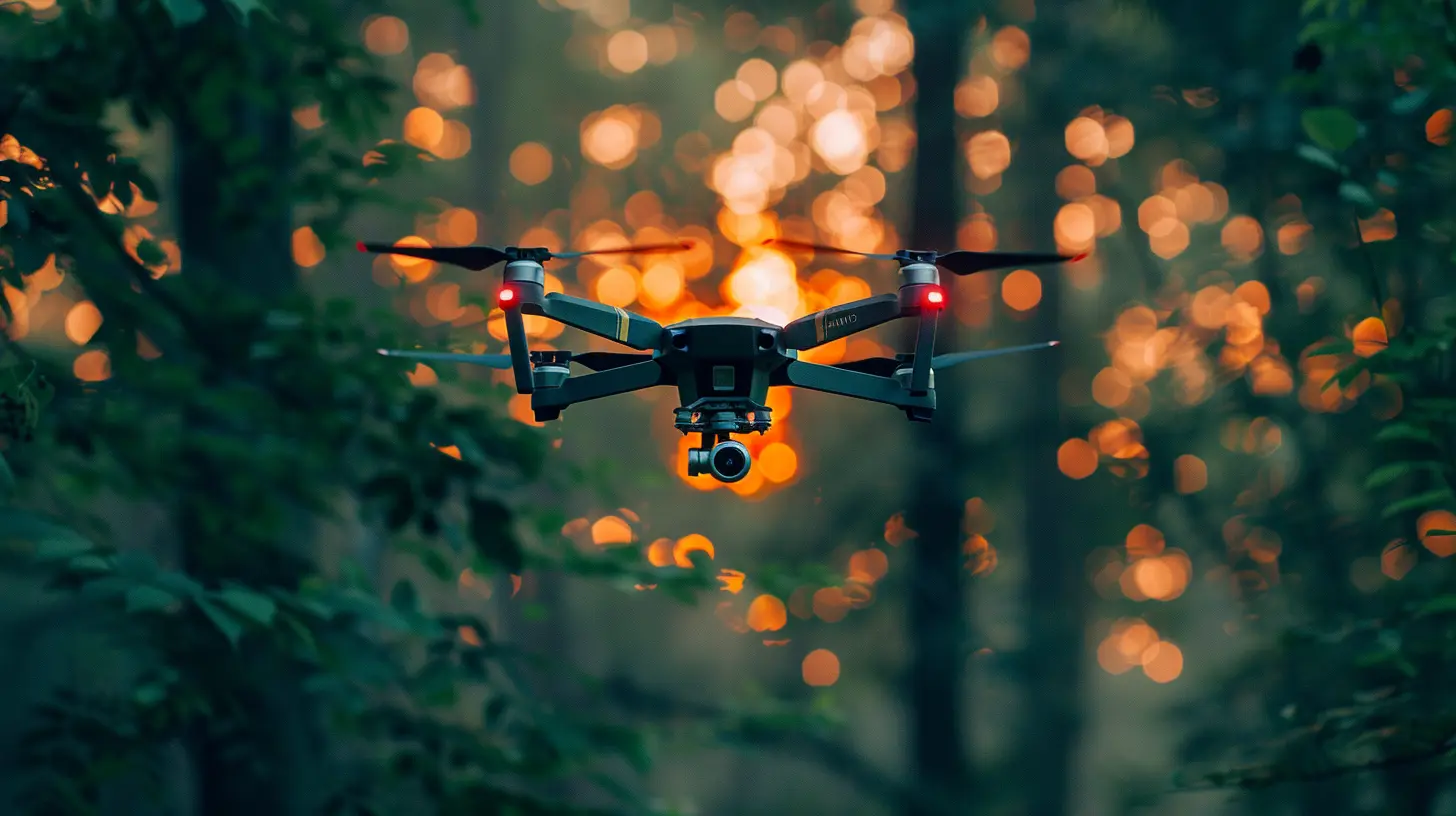
Tips for Capturing Cinematic Drone Footage
Want to take your drone cinematography to the next level? Here are some essential tips:1. Shoot During Golden Hour
Lighting is everything in cinematography. The golden hour—just after sunrise and before sunset—offers soft, warm lighting that enhances the cinematic quality of your shots.2. Use Slow and Smooth Movements
Dramatic, cinematic footage isn't about jerky, fast movements. Slow, controlled camera movements make your shots feel more professional and immersive.3. Plan Your Shots in Advance
Just like traditional film scenes, drone shots require planning. Use apps like Google Earth or drone flight apps to scout locations beforehand.4. Frame Your Shots Creatively
Think beyond just wide shots. Experiment with foreground and background elements, leading lines, and movement to create visually compelling compositions.5. Follow the 180-Degree Rule
Even with aerial shots, the basic cinematography rules still apply. Maintaining proper screen direction and composition ensures that your shots blend seamlessly with ground-level footage.Legal and Safety Considerations
Before you take off, it’s crucial to understand drone regulations in your country. Many regions require drone pilots to obtain certifications, register their drones, and follow strict airspace rules.Here are a few general guidelines to keep in mind:
- Always fly within visual line of sight.
- Avoid flying over crowds or restricted areas.
- Respect privacy laws—don’t film people without permission.
- Check local regulations before traveling with your drone.
Flying safely and responsibly not only protects your equipment but also ensures that drones remain a valuable tool for filmmakers worldwide.
The Future of Drones in Cinematography
Drone technology continues to evolve at an incredible pace. AI-powered autonomous drones, enhanced battery life, and improved stabilization are just the beginning. In the near future, we might even see drones replacing traditional camera setups entirely for certain types of shots.Filmmakers are already pushing creative boundaries, using drones in ways we couldn't have imagined a decade ago. As technology improves, we can only expect more groundbreaking visual storytelling from above.
Final Thoughts
Drones have revolutionized cinematography, offering filmmakers unparalleled creative freedom. From breathtaking landscapes to dynamic action shots, they provide perspectives that were once impossible to achieve without massive budgets.If you're a filmmaker, embracing drones isn't just an option—it’s a necessity. Whether you're shooting a feature film, a travel vlog, or a documentary, adding drone footage can elevate your storytelling and captivate your audience like never before.
So, grab your drone, take to the skies, and start telling your story from above!
all images in this post were generated using AI tools
Category:
DronesAuthor:

Vincent Hubbard
Discussion
rate this article
1 comments
Capri McGee
Drones elevate storytelling, offering unique perspectives that deeply engage and inspire audiences.
August 24, 2025 at 10:46 AM

Vincent Hubbard
Thank you! I completely agree—drones truly transform visual narratives by providing captivating aerial perspectives that enrich the storytelling experience.
